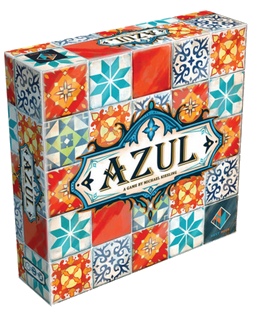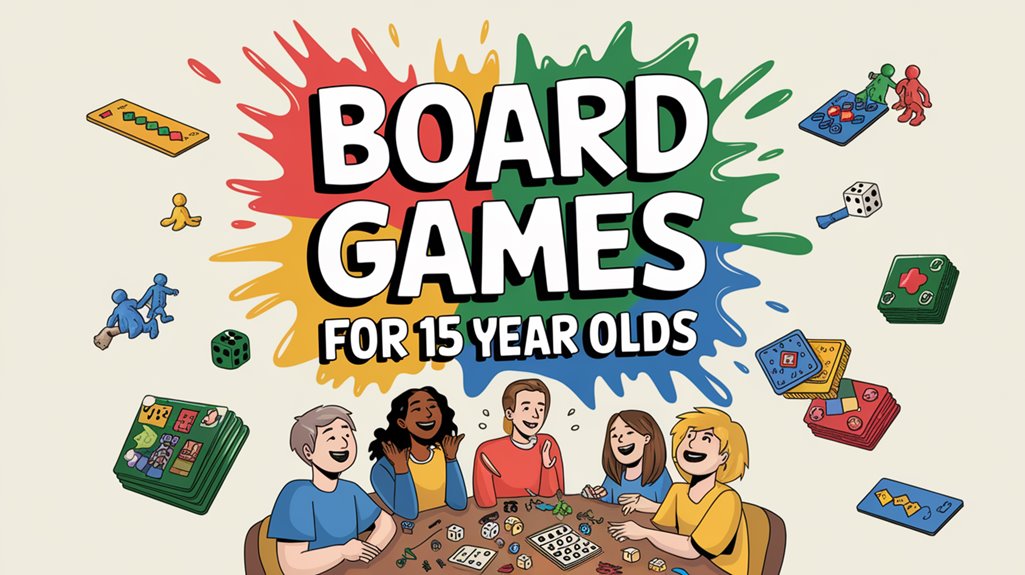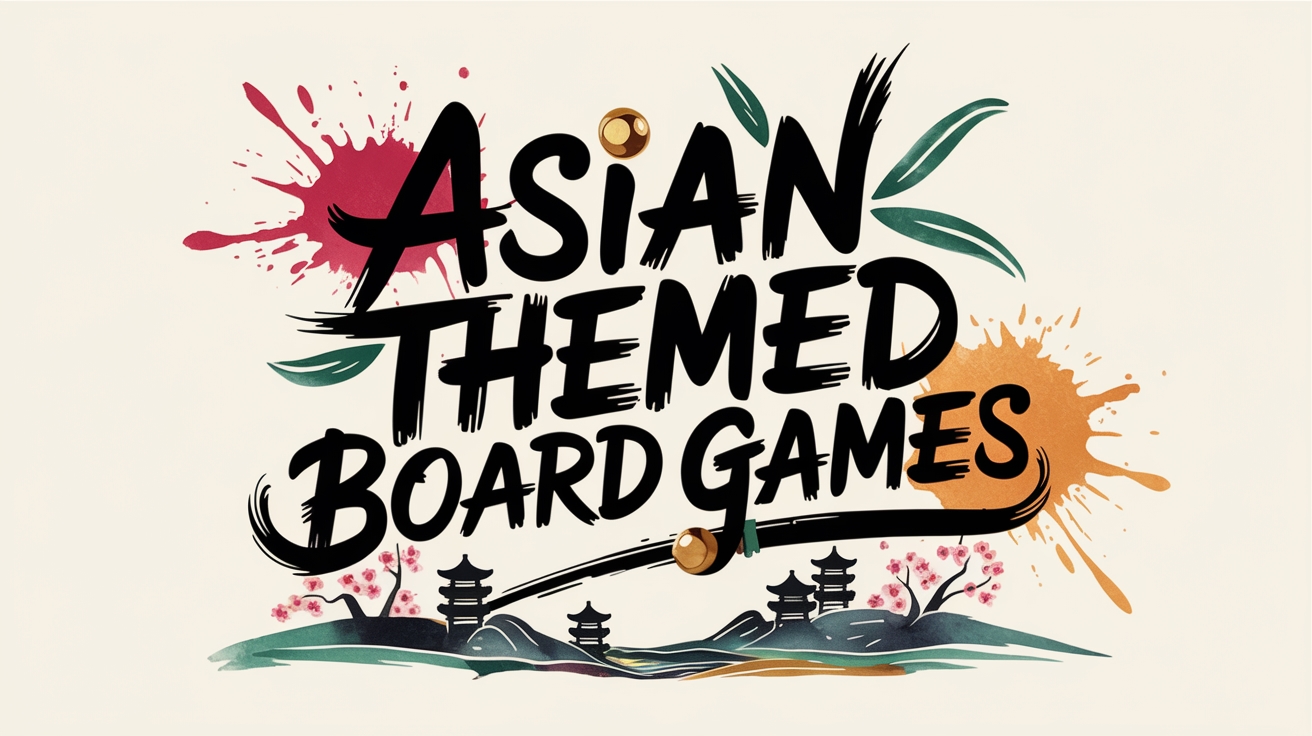Asian-themed board games represent a distinct ludological niche within tabletop gaming’s diverse ecosystem. These analog experiences synthesize authentic cultural motifs with innovative mechanical frameworks. Players encounter meticulously crafted components that transport participants to feudal Japan, imperial China, or ancient Korea through tactile engagement. The fusion of Eastern aesthetics with Euro-style gameplay creates cognitive dissonance that subverts Western gaming models. The question remains: how do these games balance cultural representation with accessible mechanics while avoiding reductive stereotypes?
Key Takeaways
- Onitama is a chess-like game with martial arts philosophy, featuring dynamic movement cards and concise 15-20 minute gameplay.
- Tokaido recreates a journey along Japan’s historic road, emphasizing cultural aesthetics through food, artifacts, and character encounters.
- Gùgōng immerses players in Ming Dynasty China with action-selection mechanics and traditional Chinese artistic elements.
- Tianhaizhi offers authentic Chinese cultural representation through gameplay focused on feudal sociopolitical dynamics.
- Asian-themed board games typically feature rich cultural elements, strategic depth, and visually striking components inspired by Eastern traditions.
Vibrant Eastern Tabletop Treasures
Eastern-inspired tabletop experiences offer an unparalleled fusion of elegant mechanics and cultural richness that perceptive gamers increasingly gravitate toward. The contemporary ludological environment features numerous standout titles that encapsulate Asian themes with exceptional precision and depth:
- Onitama’s abstract chess-like movement patterns capture the essence of martial arts philosophy through its elegant card system
- Azul Series reimagines Portuguese azulejos with distinctly Asian artistic influences across multiple award-winning iterations
- Tokaido transforms the historic Tōkaidō road journey into a character-driven experience where the journey outweighs the destination
- Tianhaizhi and Gùgōng represent the pinnacle of strategic depth, reconstructing historical Chinese political and economic systems through interlocking resource mechanisms
The Mind-bending Onitama
While many abstract strategy games inhabit the tabletop environment, Onitama distinguishes itself through its masterful synthesis of martial arts philosophy and tactical chess-like gameplay. Designed by Simon Kim, this award-winning gem simulates a dojo where players engage in cerebral combat using dynamic movement cards that dictate piece trajectories.
The game’s elegant architecture features five pieces per player—one master and four students—with victory achieved either by capturing the opponent’s master or infiltrating their temple. In spite of its accessible 15-20 minute playtime, Onitama delivers remarkable strategic depth. The 2016 International Gamers Award recipient exemplifies ludological efficiency through minimalist rules and maximum tactical possibility.
Onitama’s brilliance lies in its ever-shifting movement possibilities, creating a dynamic battlefield where adaptability trumps predetermined strategies—a perfect embodiment of martial arts principles in tabletop form.
Tile-Matching Azul Series
Masterpieces of tactile ludology, the Azul series transcends conventional tile-placement frameworks through its exquisite synthesis of Portuguese azulejos artistry and Eastern aesthetic sensibilities. Each iteration—”Azul,” “Stained Glass of Sintra,” and “Summer Pavilion”—elevates tile-matching mechanics to sublime heights, demanding strategic planning while delivering visual splendor.
Designed for 2-4 participants with 30-45 minute engagement periods, these games democratize access to sophisticated gameplay models. The 2018 Spiel des Jahres recognition validates the series’ universal resonance. Players navigate an elegant tension between tactical decision-making and aesthetic expression, positioning tiles to maximize spatial efficiency while constructing visually harmonious arrangements. The rules’ elegant simplicity belies profound strategic depth, creating a ludic ecosystem where competitive analysis and artistic appreciation coexist in perfect balance.
Character-rich Tokaido Journey
Traversing the elegant Tokaido Road, players commence a meditative ludic pilgrimage that exemplifies the quintessence of Japanese cultural aesthetics through meticulous gameplay architecture. This masterpiece among games in Asia orchestrates a strategic framework where 2-5 travelers, aged 8+, compete to accumulate maximized experiential capital during their 45-minute expedition.
The genius of Tokaido materializes in its inverted turn mechanism—the rearmost traveler advances next—compelling participants to deliberate between immediate gratification and longitudinal strategy. Players curate personalized journeys through gastronomic indulgences, artifact acquisition, and character encounters, each meticulously illustrated to transport participants into feudal Japan’s sensory tableau.
Tokaido’s design philosophy liberates players from aggressive confrontation, instead encouraging contemplative decision-making that honors authentic Japanese cultural immersion while maintaining competitive dynamics through point accumulation strategies.
Feudal China-based Tianhaizhi
Tianhaizhi transports enthusiasts from Japan’s celebrated road to the intricate sociopolitical terrain of feudal China, embodying a sophisticated ludological framework that marries strategic depth with authentic cultural representation. The game’s multilayered mechanics require players to orchestrate resource allocation while maneuvering through the complex web of political machinations characteristic of China’s dynastic era.
Players engage in a subtle interplay of offensive maneuvers and defensive fortifications, all while forging strategic alliances that mirror historical power dynamics. The immersive experience is heightened through meticulously crafted Eastern aesthetic elements—from intricate artwork to culturally authentic components. With its recommended demographic parameters (14+, 2-4 participants), Tianhaizhi occupies a versatile position in the tabletop ecosystem, appealing to casual enthusiasts and dedicated strategists alike who seek liberation from Western-centric gaming frameworks through authentic cultural immersion.
Strategic Gùgōng
Rich with strategic depth and dynastic intrigue, Gùgōng stands as a ludological masterwork that transports enthusiasts into Ming Dynasty China’s political terrain through meticulously balanced mechanics and cultural authenticity. Though primarily action-selection driven, its dice-based mechanisms evoke the tactical subtlety of a card game while eschewing conventional deck-building constraints.
Players command influential families steering through imperial favor across 60-120 minute sessions, accommodating 2-4 participants in sophisticated resource management. The game’s aesthetic presentation—infused with traditional Chinese artistic elements—elevates the tabletop experience beyond mere gameplay into cultural immersion.
Gùgōng’s critical acclaim stems from its uncompromising strategic architecture and thematic coherence, offering liberation from simplistic gameplay frameworks. Its intricate decision trees reward calculated risk, inviting players to pursue divergent paths to power within Ming Dynasty’s complex sociopolitical landscape.
Colorful Takenoko Bamboo Garden
When aesthetics and accessibility unite in perfect harmony, Takenoko emerges as the ideal gateway to Eastern-themed gaming experiences, enchanting enthusiasts with its chromatic bamboo stalks and meticulously sculpted terrain hexes.
Antoine Bauza’s masterpiece accommodates 2-4 players who take strategic actions to irrigate environments, cultivate verdant shoots, and satisfy the appetite of a wandering panda. The 45-minute playtime perfectly balances depth with approachability for ages 8+.
| Component | Function | Strategic Value | Visual Appeal | Cultural Element |
|---|---|---|---|---|
| Bamboo | Growth resource | High | Vibrant colors | Agricultural icon |
| Panda | Consumption mechanism | Fundamental | Charming figure | Cultural symbol |
| Irrigation | Expansion tool | Critical | Blue channels | Rice farming reference |
| Plot tiles | Territory building | Foundational | Varied patterns | Land cultivation |
| Objective cards | Victory conditions | Strategic | Illustrated guides | Japanese aesthetics |
The game’s 2014 International Gamers Award validates its sophisticated yet accessible design philosophy.
Tactical Hanabi Fireworks Display
Inverting traditional gaming frameworks with masterful cognitive architecture, Hanabi challenges players to maneuver a cooperative tableau-building experience through the innovative mechanism of hidden information asymmetry. This 2013 Spiel des Jahres winner transforms conventional gameplay by forcing participants to see only their teammates’ cards—never their own.
The system’s brilliant constraint engenders a tactical communication ecosystem where two people (or up to five) exchange precisely calibrated hints about card attributes. Players collectively construct chromatic pyrotechnic sequences, making deductive leaps through strategically restricted information channels.
Requiring merely 25 minutes per session, Hanabi delivers profound cognitive engagement within a compressed temporal framework. Its scoring methodology incentivizes maximum display optimization while traversing the tension between informational scarcity and collaborative necessity. This Eastern-themed masterpiece exemplifies liberty through constraint—a framework where restricted knowledge paradoxically unlocks boundless strategic freedom.




